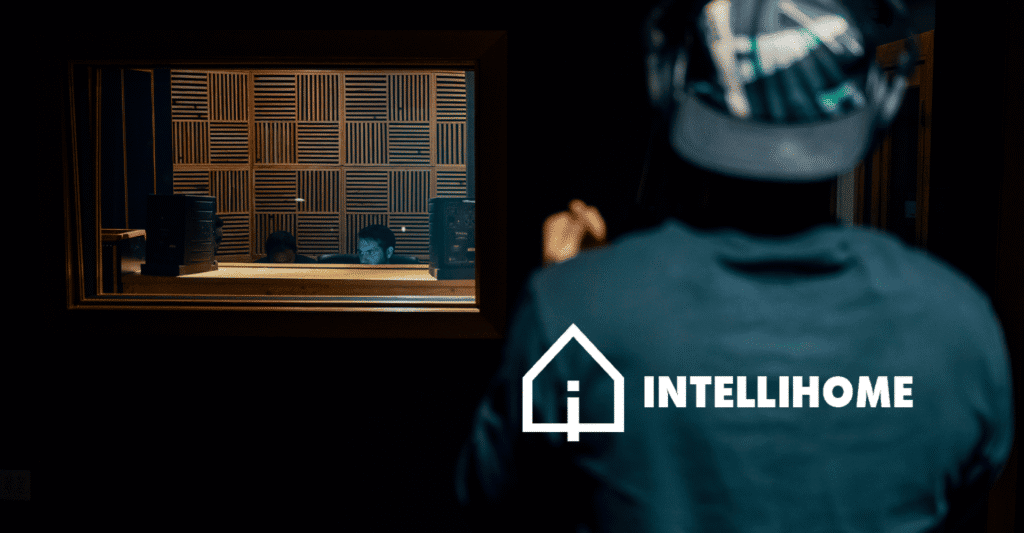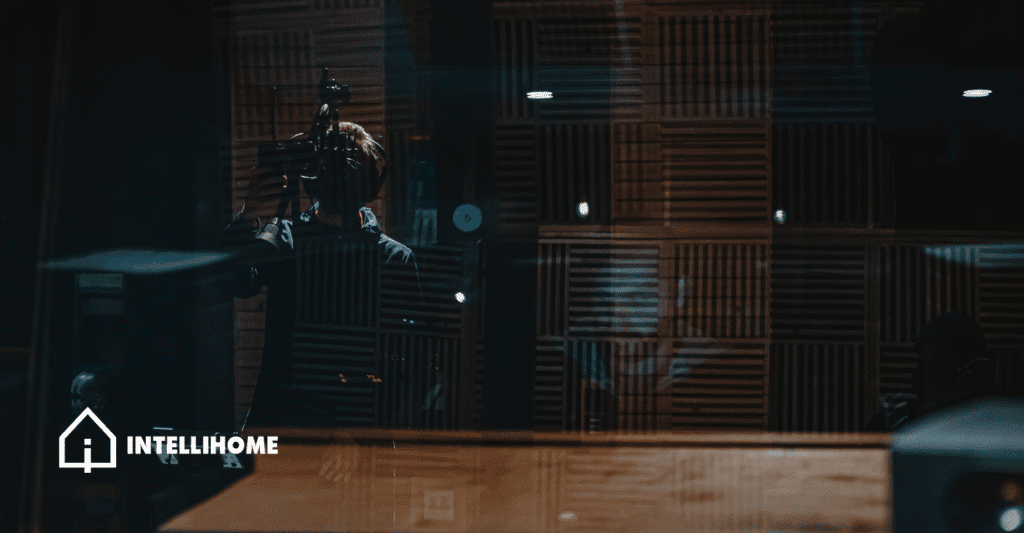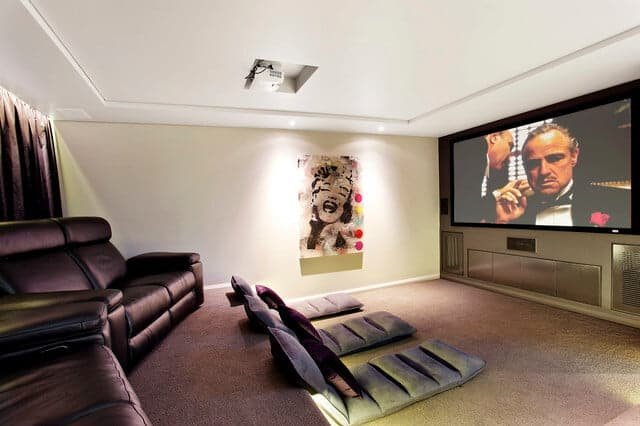Choosing the Right Soundproof Insulation with a Sound Engineer
When setting up a recording or production space, soundproofing is often overlooked in favor of equipment purchases. But without proper insulation, even the most expensive microphones and mixing consoles can’t deliver the quality you need. The foundation of professional sound is the room itself. That’s why consulting with a sound engineer or studio engineer is essential when selecting the right soundproof insulation. This guide explains why soundproofing matters, explores insulation types, outlines how a sound engineer approaches the process, and highlights how IntelliHome’s Professional Studio Sound Engineering Services can help you create a truly professional environment. Table of Contents Why Soundproofing Matters in Studios Soundproofing isn’t about making a room “quiet.” It’s about controlling sound. If your room leaks noise in or out, you’ll constantly battle interference. More importantly, your recordings won’t be accurate. A properly insulated studio delivers: Without proper soundproof insulation, even a skilled studio engineer can’t achieve professional-grade results. Sound Proofing vs. Acoustic Treatment Many people confuse these terms, but they are different: A sound engineer will often recommend doing both—soundproof insulation for isolation, and acoustic treatment for balance. The Role of a Sound Engineer in Choosing Insulation Choosing the right insulation isn’t about grabbing the thickest material you can find. A sound engineer evaluates: A studio engineer combines technical knowledge with creative goals, ensuring your insulation investment is both functional and efficient. Types of Soundproof Insulation 1. Fiberglass Insulation 2. Rockwool (Mineral-Wool) 3. Acoustic Foam 4. Mass-Loaded Vinyl (MLV) 5. Double Stud Walls & Resilient Channels 6. Hybrid Solutions Factors a Studio Engineer Considers When advising on soundproof insulation, a studio engineer will also consider: This holistic approach ensures a space that works in real-world conditions. Common DIY Mistakes Without a Sound Engineer A sound engineer avoids these costly errors. Step-by-Step Process of Working with a Sound Engineer This process saves time and guarantees professional-level results. Case Example: Building a Home Studio Imagine converting a spare bedroom into a podcasting studio. Without insulation, street noise and echoes ruin every recording. A studio engineer might recommend: The result: a clean, professional studio that delivers consistent, broadcast-quality audio. Why Choose IntelliHome for Studio Sound Engineering When it comes to combining technical skill and practical design, IntelliHome’s Professional Studio Sound Engineering Services stand out. Here’s why: Whether you’re building a home studio, podcast space, or professional recording environment, IntelliHome provides the expertise to make it happen right the first time. Final Thoughts The difference between an amateur studio and a professional one often comes down to the room itself. The right soundproof insulation, guided by a skilled sound engineer or studio engineer, ensures clarity, accuracy, and quality in every recording. Don’t settle for guesswork. Work with experts, invest in the right materials, and create a space where creativity thrives without compromise. Ready to transform your studio? Learn more with IntelliHome’s Professional Studio Sound Engineering. Your sound deserves the best foundation.
Choosing the Right Soundproof Insulation with a Sound Engineer Read More »



